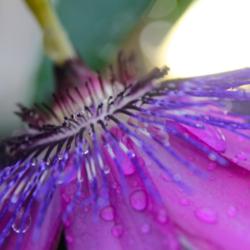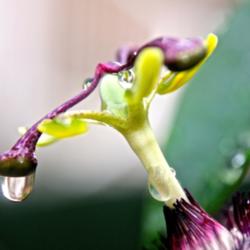Dear Christine, a most fabulous Article. In the UK in Agriculture we use conservation headlands. As we have thousands of miles of ancient hedges the idea was to leave a gap of about 9 feet, but this varies depending on field size! The idea is and it works is to let the ancient hedgerows and the native wildflowers that abound in the headlands attract insects that are beneficial to the crops that are grown.
It works very well as the organic movement in the UK is large, and they support this method. No pesticides or herbicides are used on the crops. The natural predators of many of the destructive pests flourish in the conservation headlands and the birds benefit from the insects and fruit from the hedgerows. The birds also eat many insects that are pests. Swallows, house martins and our native sparrows, starlings, Robins, blackbirds and thrushes who thrive snails. Our woodland provides a good habitat along with peoples gardens for Hedgehogs, they love slugs and snails.
As for Allotments which are most popular for both vegetable and flower growing, they are using similar techniques. I do not know if you have allotments in the US? But basically the Council have to give people without gardens (mainly in cities), the right for a space of land to grow vegetables and indeed flowers. Allotments are highly sort after and there is a huge waiting list!
In our garden we grow Rosemary as a companion plant, This si because it has a most volatile oil and seems to deter both carrot and onion flies. Nasturtiums we use for salads as the leaves are like watercress and the flowers look wonderful in salads, They are edible and safe. Of course the dreaded cabbage white butterfly will demolish nasturtiums and set their eggs upon them. A small sacrifice for the safety of our brassicas. Although they do not attack them alone, vigilance is vital. African marigolds are also most effective, as they stink, and seem to ward of a lot of things.
Thyme planted between the paaving cracks, also seems to make unwanted pests go away. Herbs seem to have a natural repellent to some insects.
Regards from a very hot and humid England.
Neil.
p.s. my new Passion flower.

